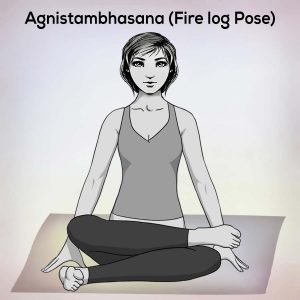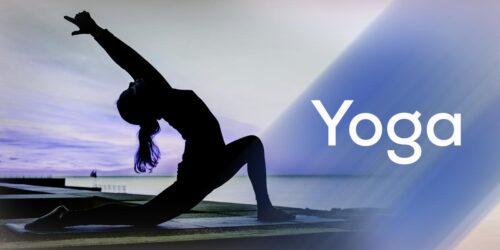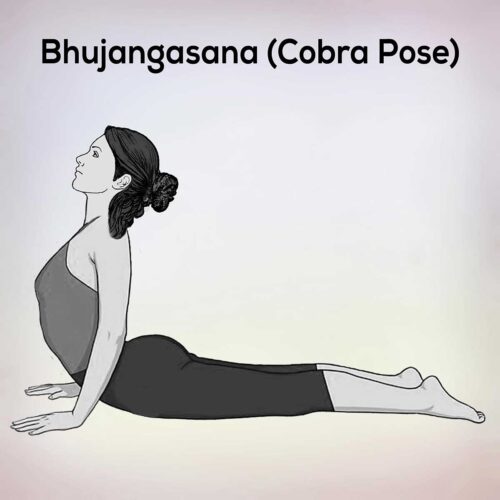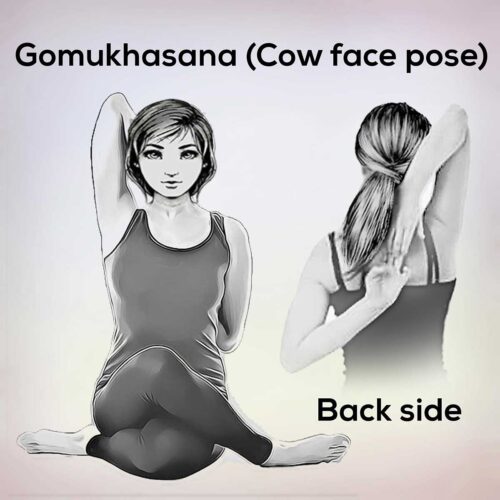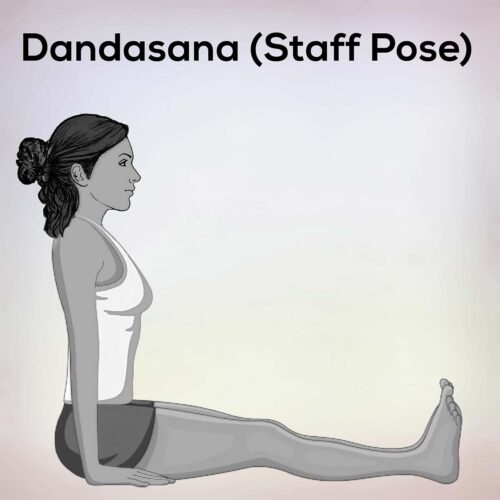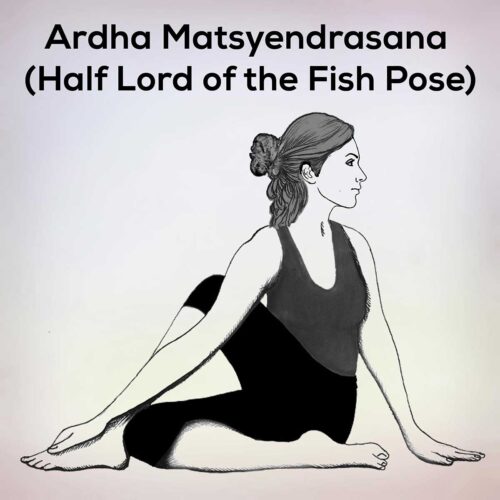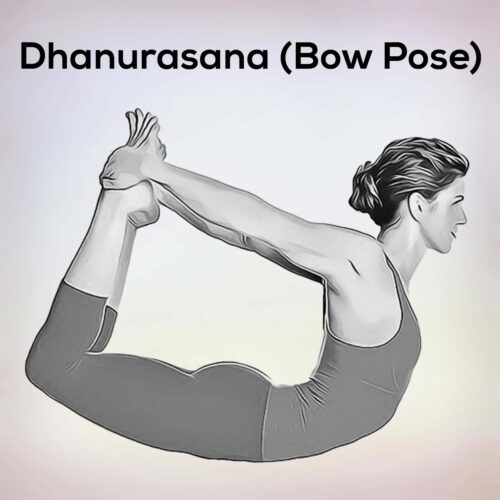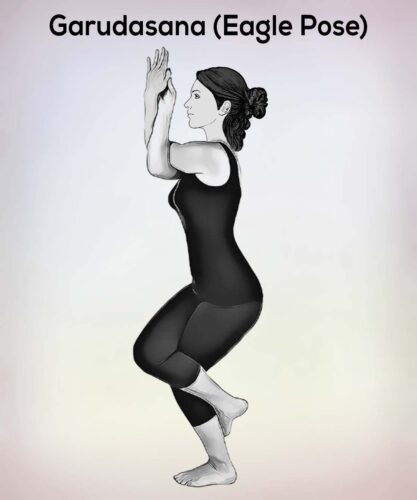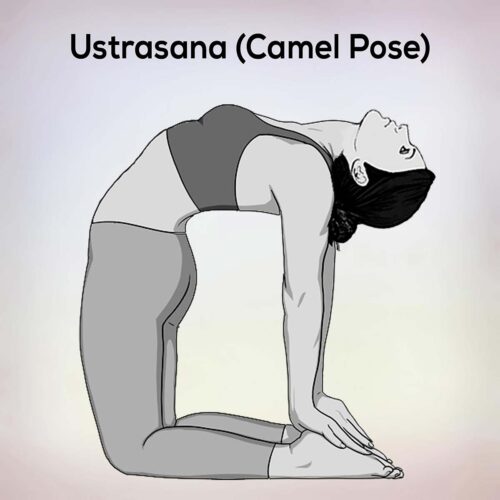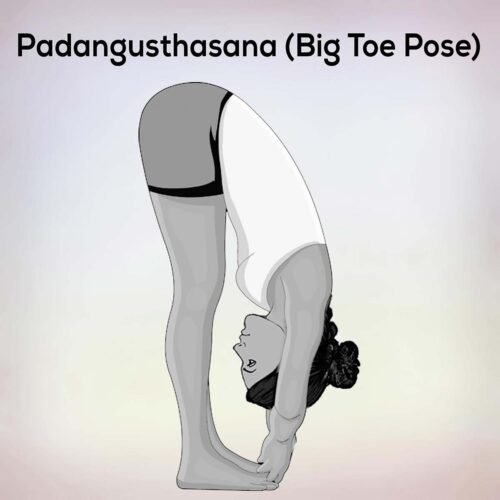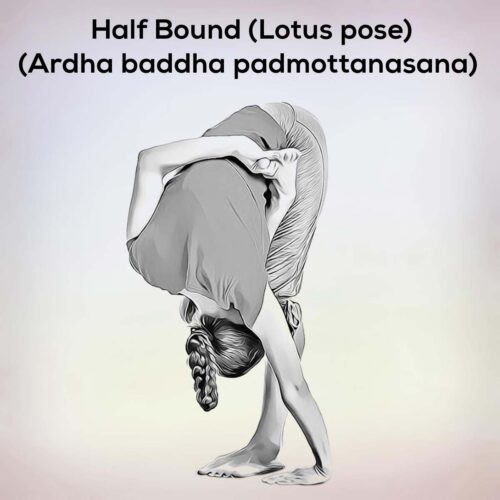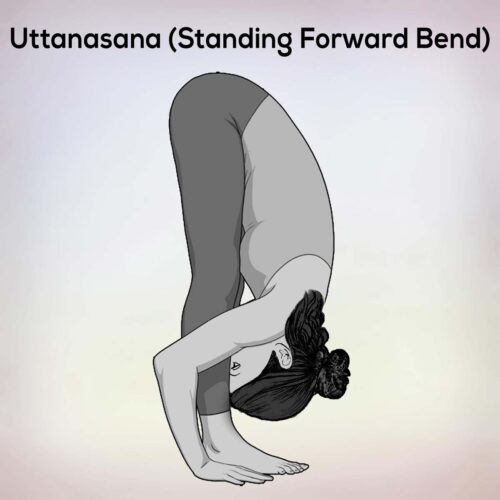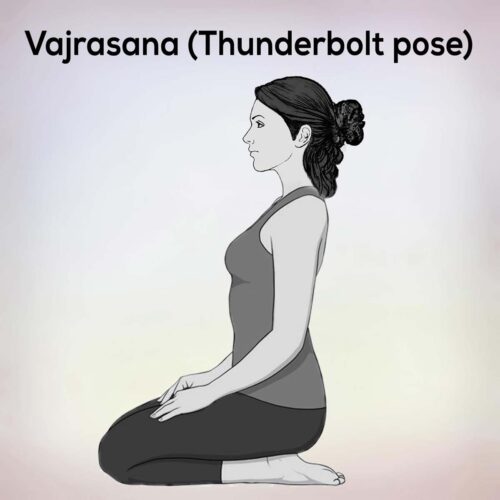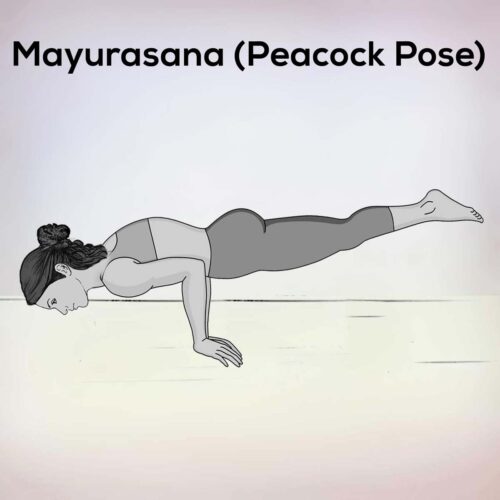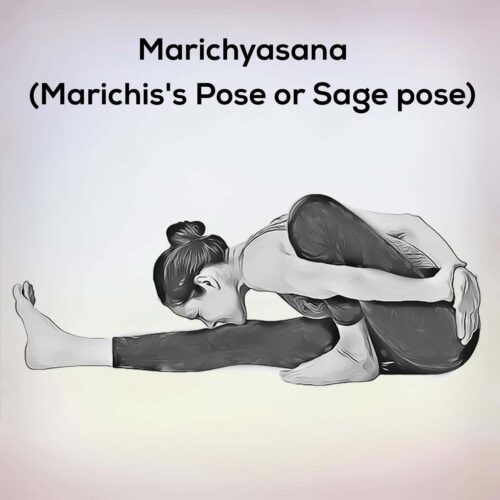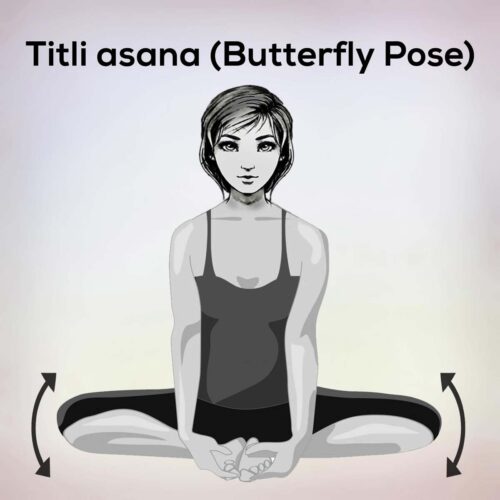Agnistambhasana (Firelog Pose, Double Pigeon Pose): Steps, benefits, and precautions
Agnistambhasana meaning – Agnistambhasana is a Sanskrit word if agnistambhasana pronounced is Agni + Stambh + Asana which is composed of a combination of three words. In which Agni is called Fire, the Stambh means pillar and posture means an asana, mudra, or mudra. From the position of the original bent legs, the shins are placed one above the other by placing the left lower leg above the right knee, then sliding the right foot forward until it is below the left knee. With a level back, folds up the abdominal area to advance.
Agnistambhasana can be understood in such a way that it is done with a simple cross-legged position, with the left ankle above the right knee keeping the shins stacked on top of each other, then sliding the right leg forward until It does not fall below the left knee. With a flat back, the upper body bends forward to deepen the stretch. And this can also be repeated on the other side for balance.
This posture is also called by many other names such as – Burning Log Pose, Double Pigeon Pose, and Fire Log Pose. This pose falls under the intermediate level and is a hip opening posture.
This article explains the benefits of Agnistambhasana and the right way to practice it. The precautions to be taken while practicing this asana are also discussed.
Let us know the steps to practice Agnistambhasana Pose and its various benefits.
1)- Agnistambhasana (Fire log Pose) Steps: The right to do Burning Log Pose
2)- Benefits of Agnistambhasana (Fire log Pose)
3)- Precautions for Fire log Pose, Double Pigeon Pose.
Agnistambhasana (Fire log Pose) Steps: The right to do Corpse Pose
To practice Agnistambhasana in the right way, follow the steps given below:
1)- First, you sit in a simple or cross-leg position on a thick or folded blanket, that is, bend your knees and let your feet be on the blanket as well.
2)- Now distribute your weight evenly between your right and left sides. On one breath, with the power of both hand claws, lift your shoulders up, roll them back, and then relax your hands.
(If you feel a “pull” in your shoulders, keep a folded blanket to support your forearms and hands.)
3)- Lift all your ribs equally. Pull your navel in and up, and extend your front body from just above the pubis to just below the sternum.
4)- Now next, slide your left foot under your right foot. Flex your left foot, and place the little toe on the floor. Start conservatively, respecting the potential limitations of your knees by keeping your left leg close to the bone while sitting on your right.
5)- Now use your hands to lift your right calf, hold the right knee with your right hand, and place your left hand under your flexible right leg.
6)- Unleash your entire lower leg, as if it were a piece from knee to ankle, and stack the right ankle above the left knee. Keep the outer edge of your right foot parallel with the floor (do not sickle the leg).
7)- Remain in this pose for 1 or 3 minutes. Exhale and release the posture, sit comfortably in Sukhasana (relaxed posture). Repeat the process with the left leg on top.
Benefits of Agnistambhasana (Fire log Pose)
Agnistambhasana develops a balance between mind and body. Some of its benefits are:
- By doing Agnistambhasana it calms your mind.
- Stretches and opens the muscles around the hips.
- Improves the flexibility of the knees, with deep stretches.
- Stimulates the abdominal organs.
- Stretches and strengthens the groin and gluteus.
- Agnistambhasana (Fire Log Pose) is a good pose to avoid arthritis.
- Agnistambhasana is said to activate the Muladhara Chakra (Root).
- Brings a sense of power with endurance and self confidence.
- As Agnistambhasana (Fire Log Pose) stretches the quadriceps and the hamstrings, it is a good cure for Irritable Leg syndrome, while also toning the thighs and calves.
Precautions for Fire log Pose, Double Pigeon Pose.
While anyone can perform Agnistambhasana, here are some precautions you should follow:
- Take sufficient time to warm-up the body especially the hips, psoas, and groin region before practicing Agnistambhasana.
- Avoid turning your back, and bend at the waist while turning forward.
- Do not try to push your knees to the floor or bend beyond your limits.
- If there is an injury to the lower back, hips or ankles, do not perform Agnastambhasana.
- It is recommended for those who have a knee injury or arthritis.
Legal Disclaimer: Before participating in any exercise program or using any fitness products or services that may be described and/or made accessible in or through the Nexoye Website and/or the Services, you should consult with a physician or other healthcare provider.
